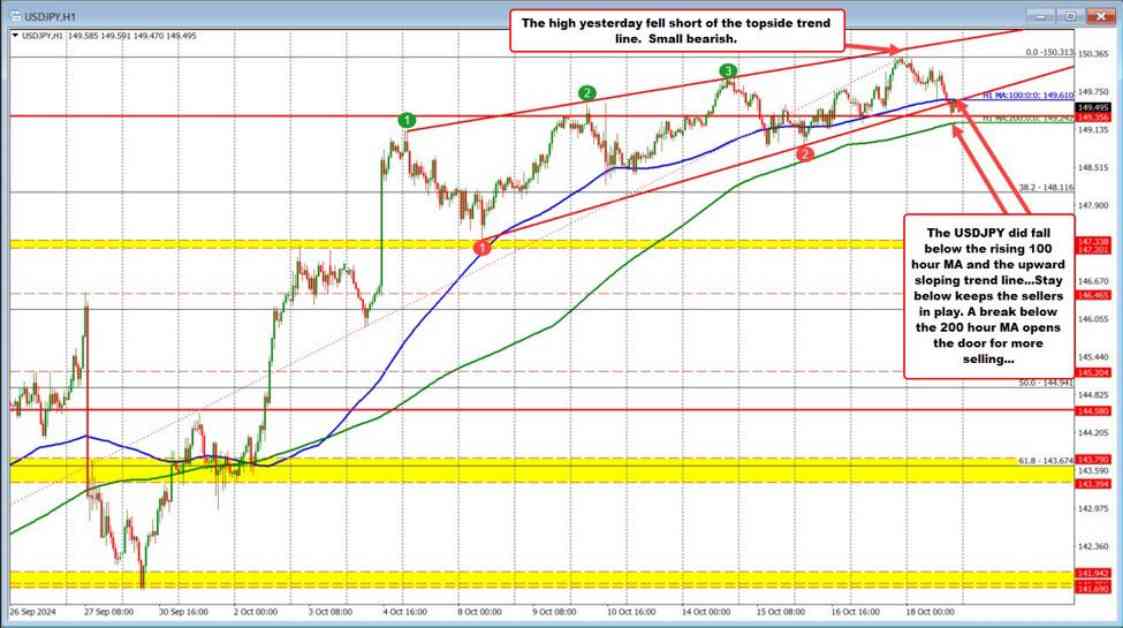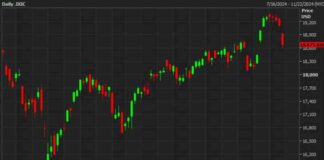The USDJPY pair is showing some positive signs for sellers based on technical analysis. The price failed to reach a topside trend line on the hourly chart, which is seen as a small negative. Additionally, it dropped below an upward-sloping trend line and the 100-hour MA. Despite a brief increase above the 150.00 level, the price did not sustain the momentum and fell back down. Furthermore, the move higher did not reach the 50% midpoint from the July high, indicating a bearish bias.
However, there are still some factors that could shift the control to the bears in the short term. The swing high from August 15 has not been broken yet, and the price remains above the rising 200-hour MA. This MA has not been breached since October 2, providing some support for the bulls. While there are some bearish signals in the market, more downside movement is needed for sellers to gain control.
Looking ahead, the direction of the USDJPY pair could be influenced by various factors. If the Bank of Japan (BOJ) perceives global stability or if China’s economy shows signs of improvement, the pair may reverse its course. Additionally, any hints of future rate hikes by the BOJ or changes in US economic growth could impact the USDJPY’s movement.
In conclusion, while there are indications of a bearish bias in the USDJPY pair, further downside movement is necessary for sellers to take control. The upcoming economic indicators and central bank policies will play a significant role in determining the pair’s direction in the near future. Traders should closely monitor these factors to make informed decisions in the forex market.

















